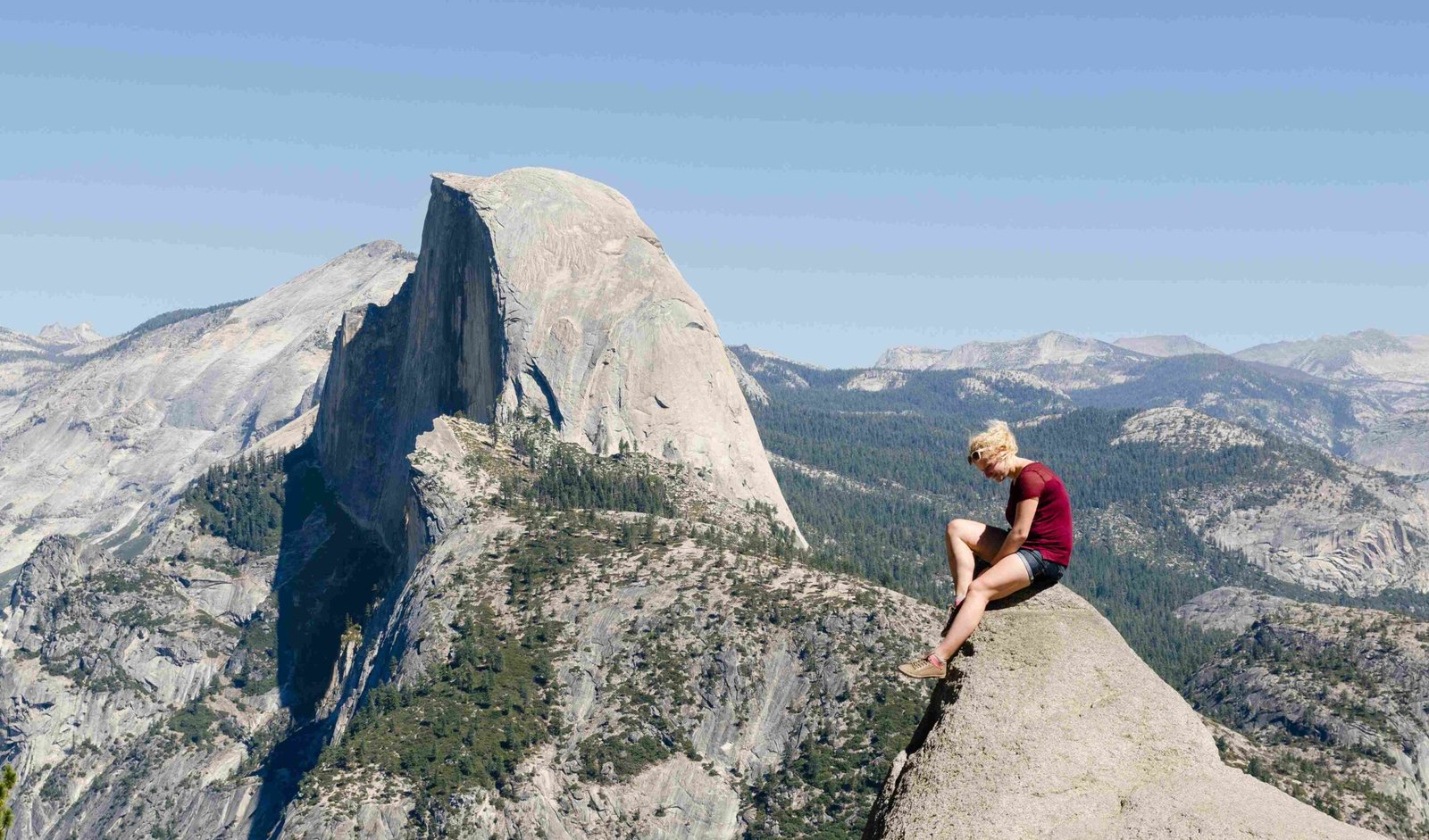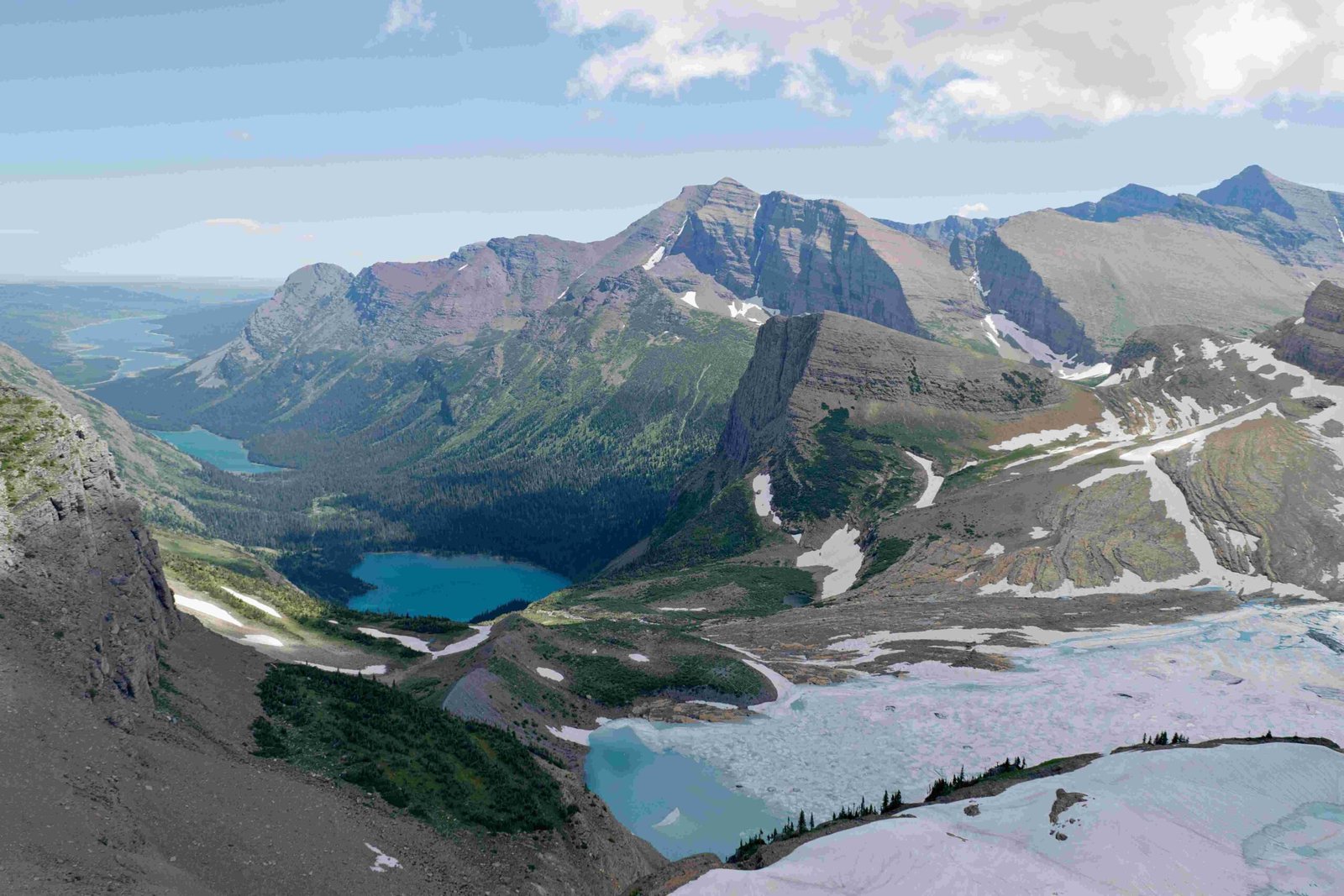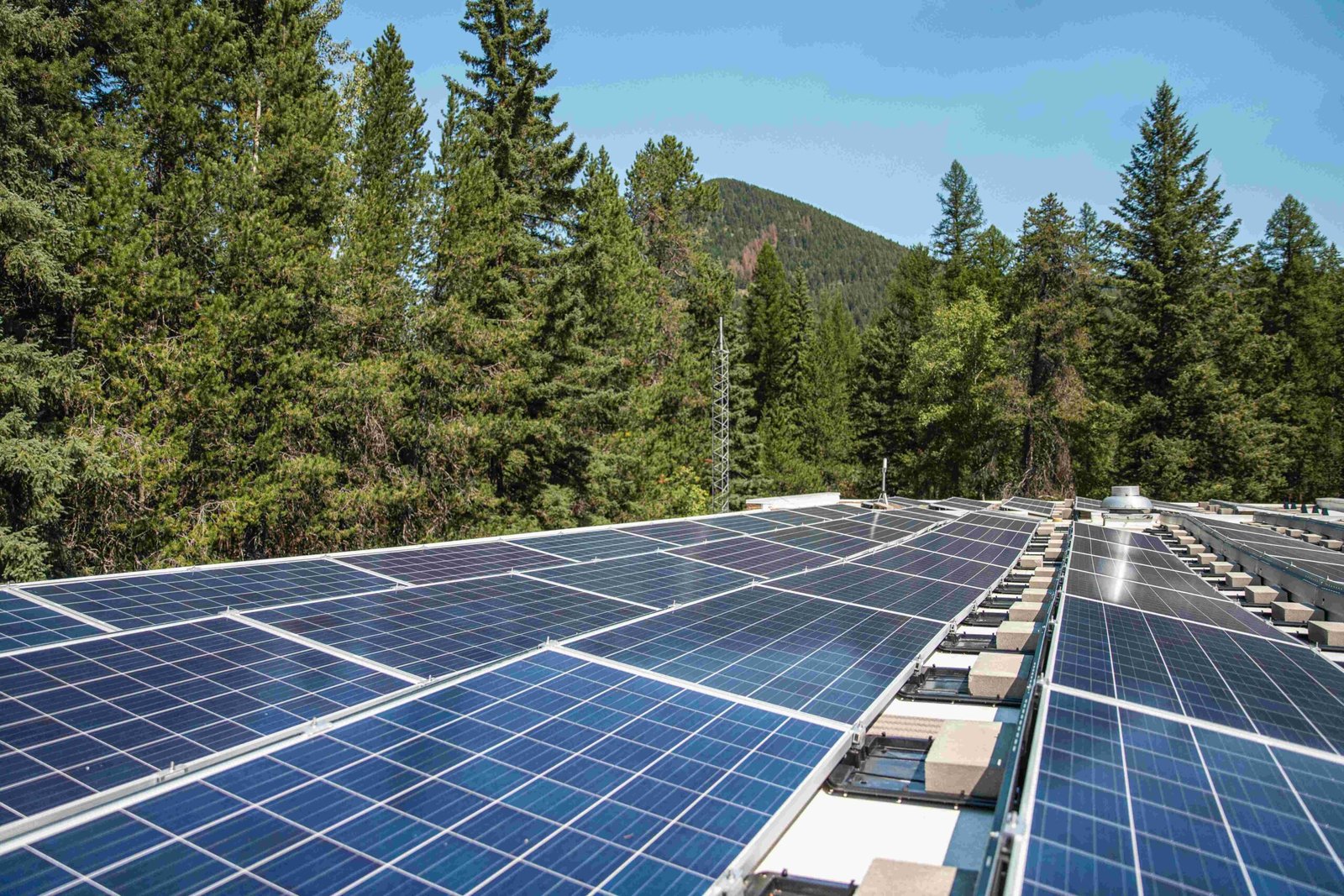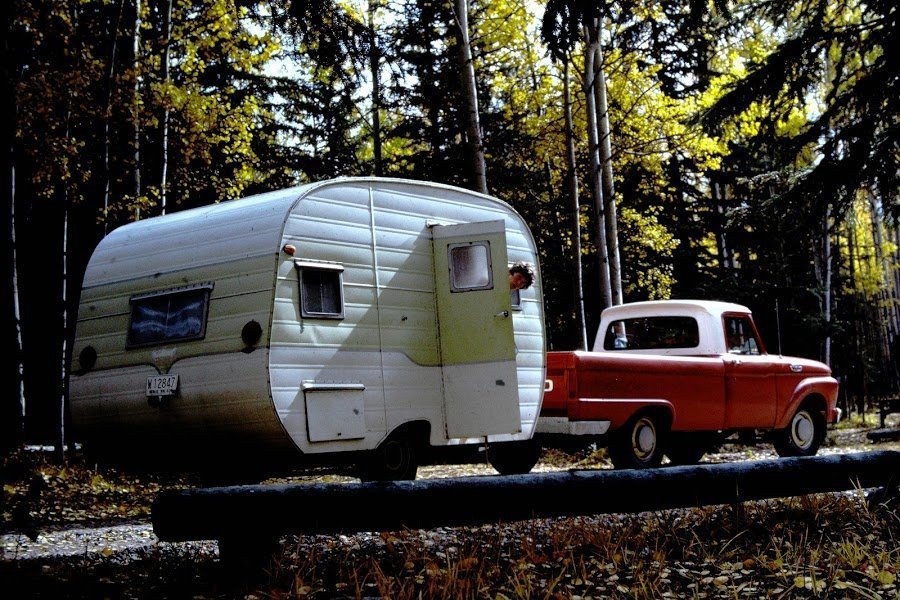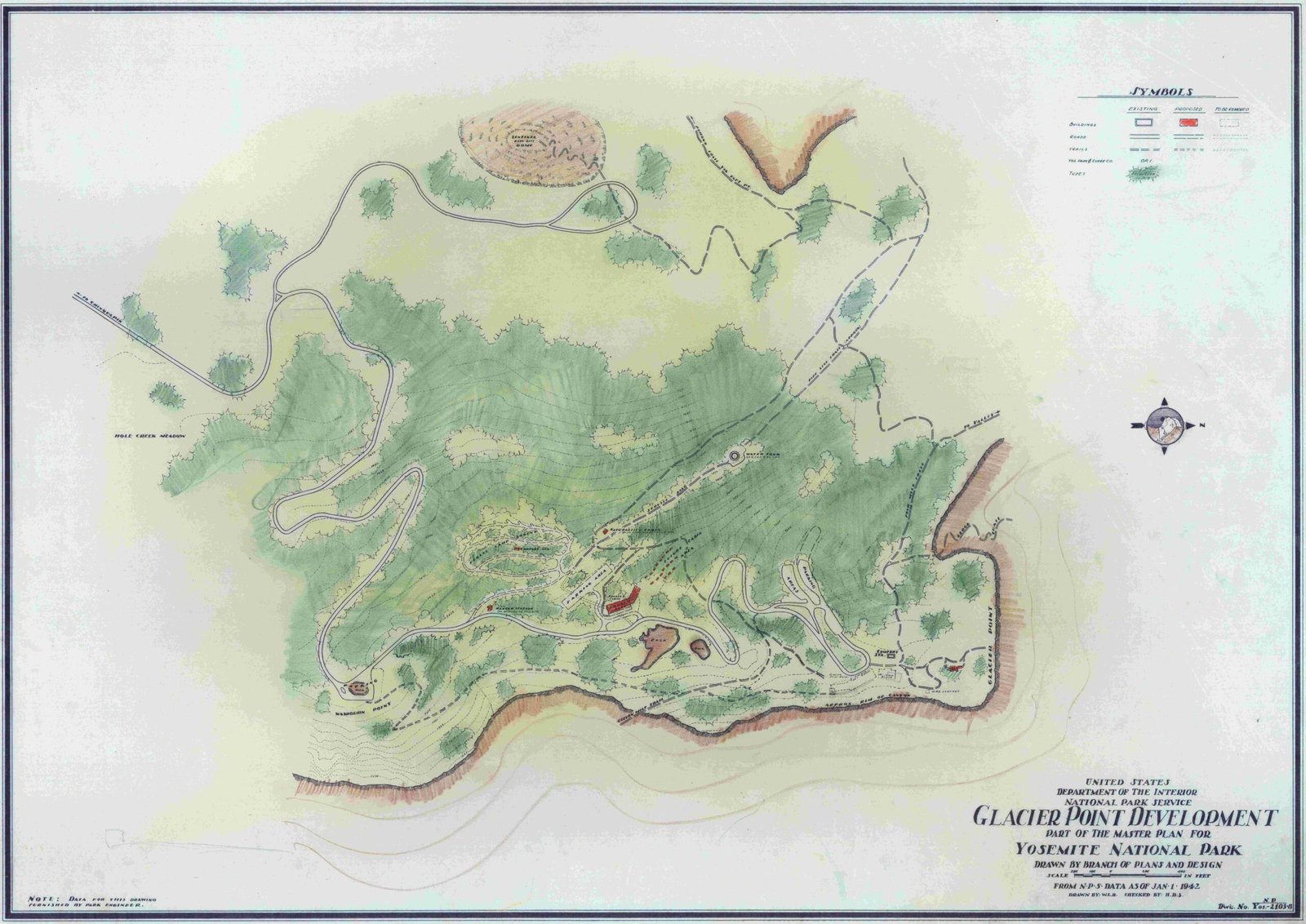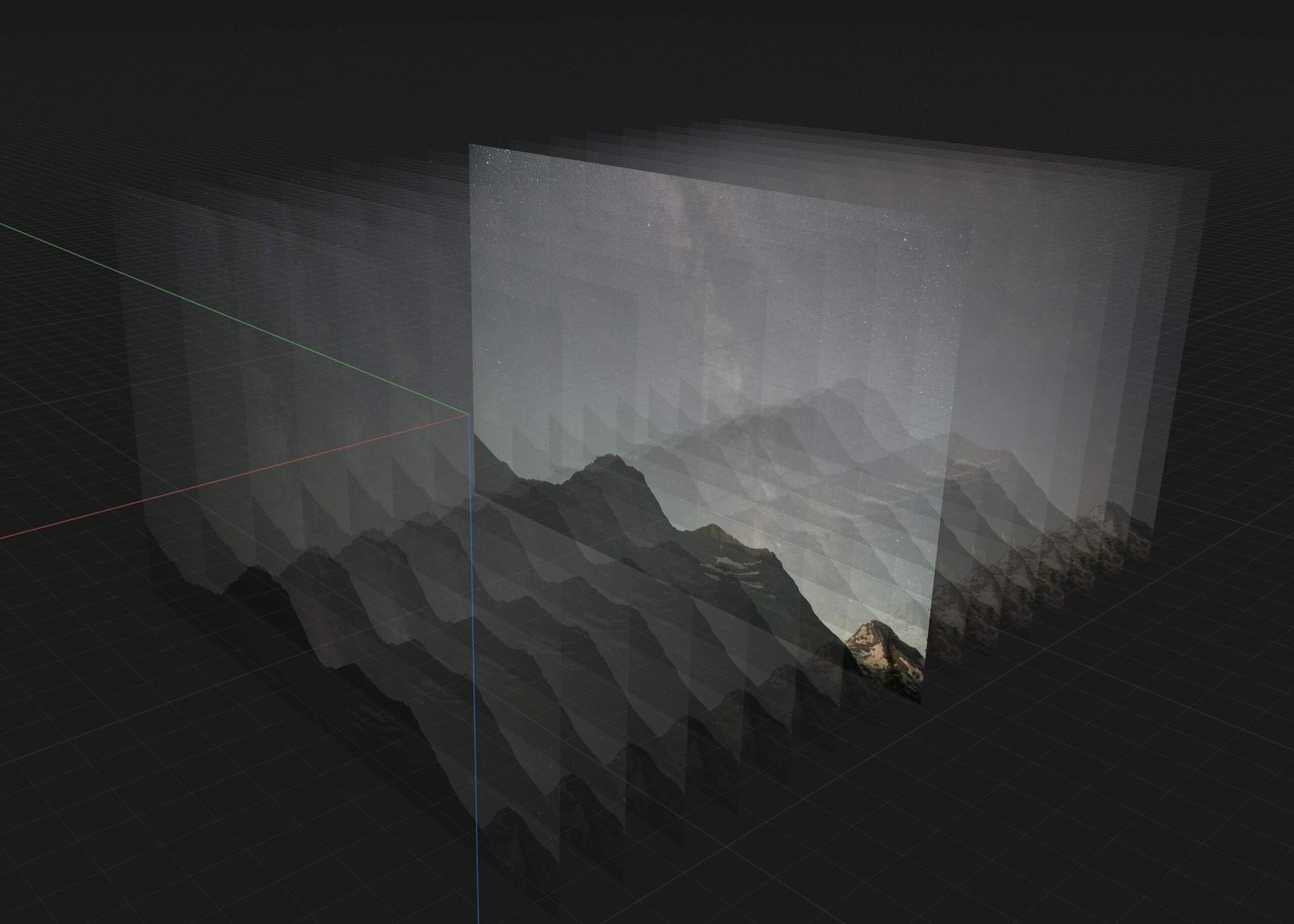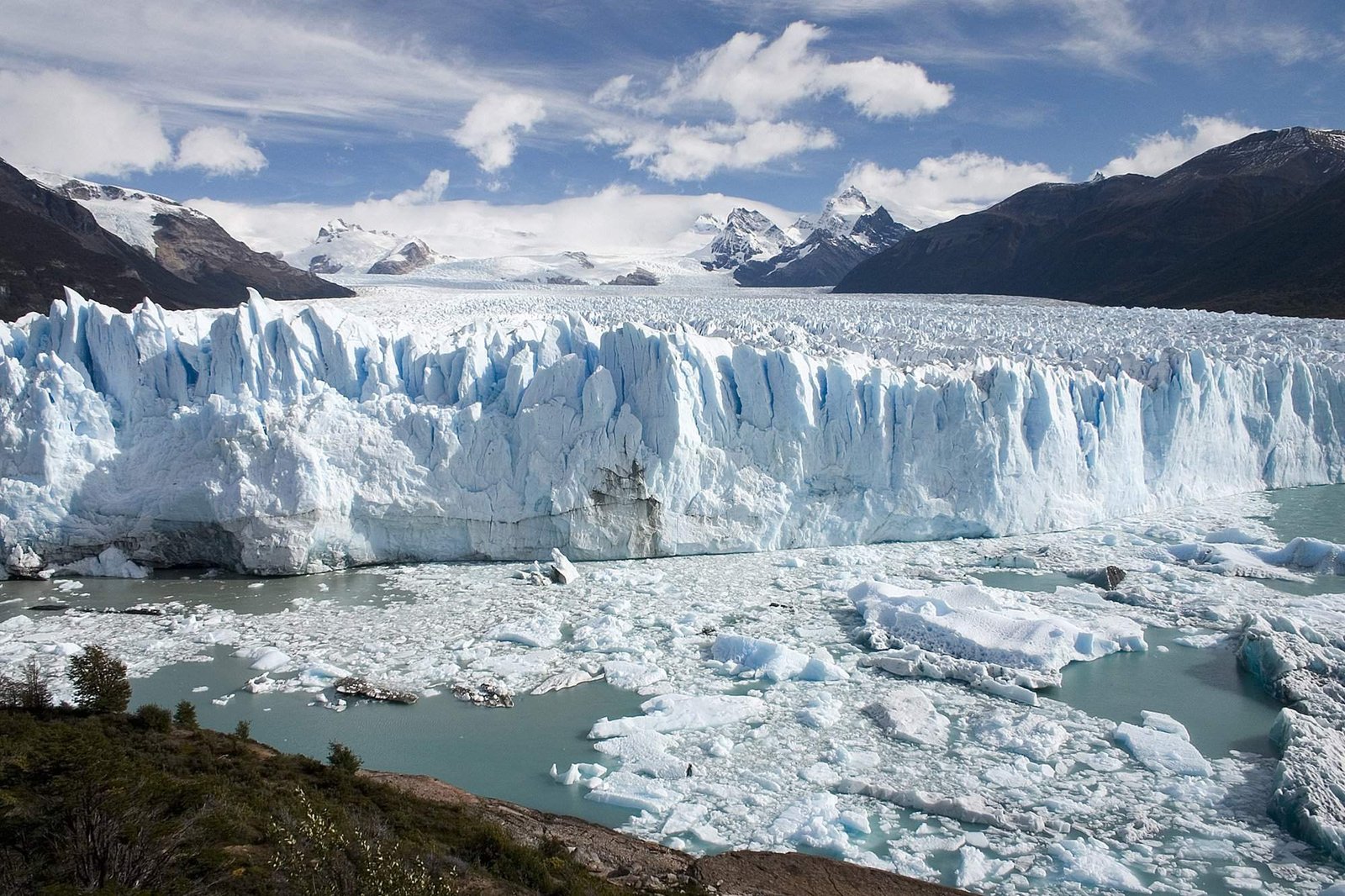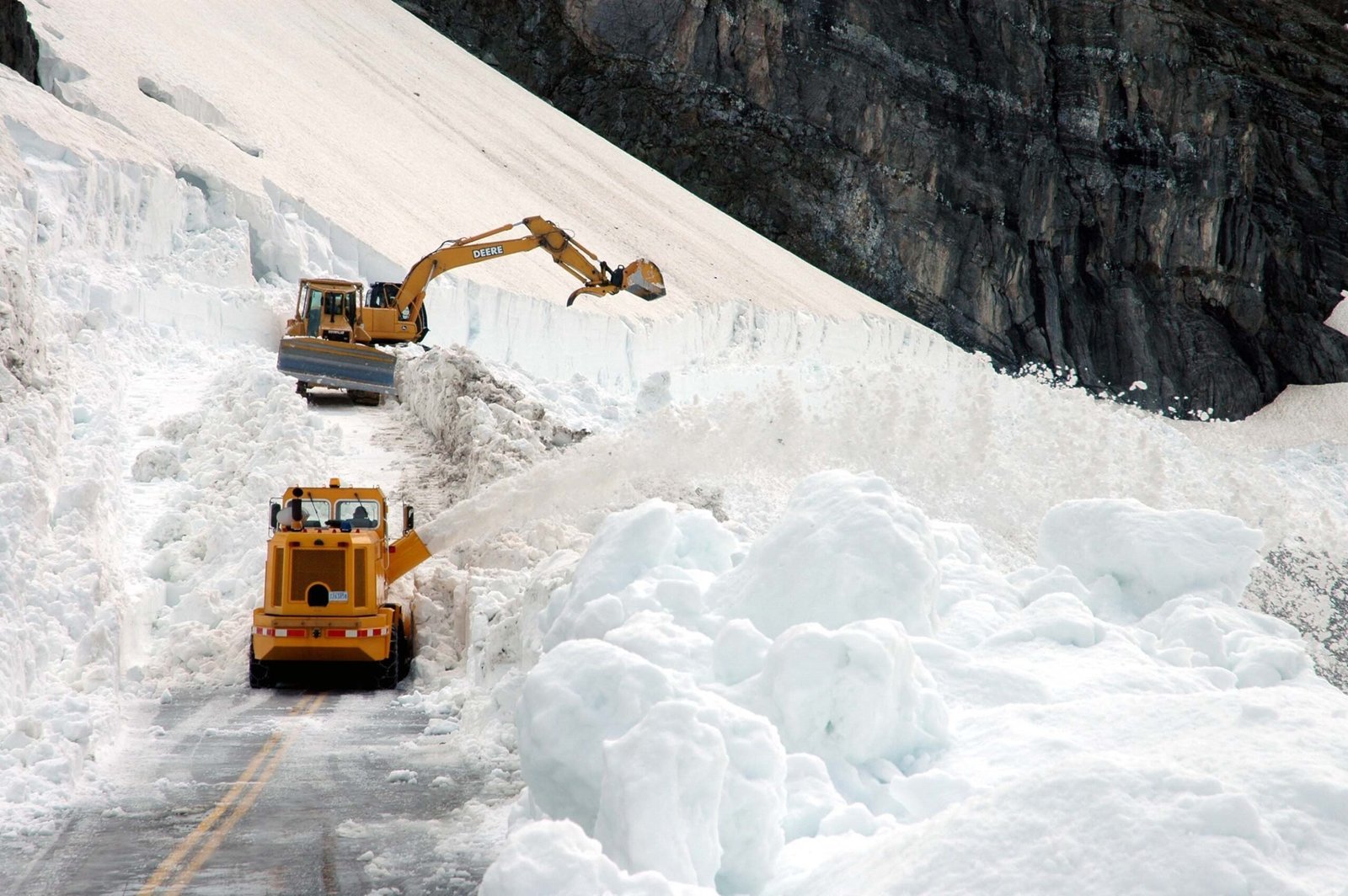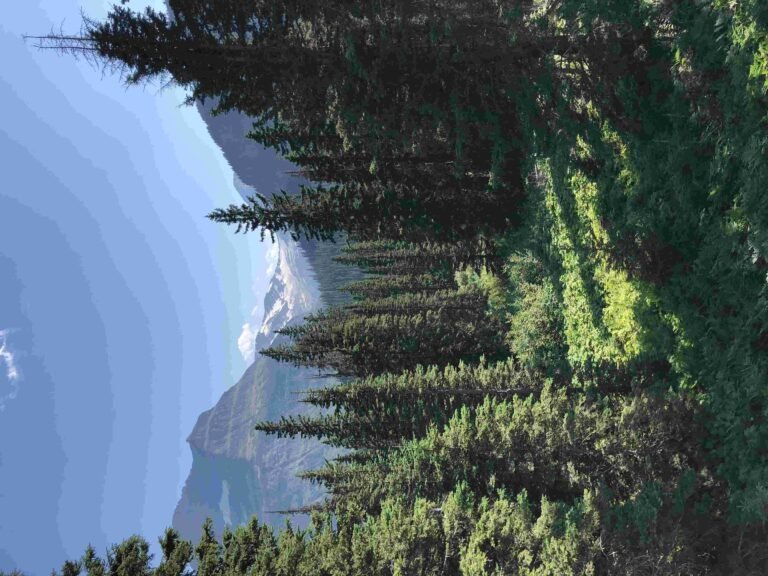Glacier National Park Flora: A Comprehensive Guide to the Park’s Diverse Plant Life
Introduction Glacier National Park, often referred to as the ‘Crown of the Continent,’ is a treasure trove of natural wonders. Among its many marvels, the park’s flora stands out as a testament to the resilience and diversity of plant life in challenging alpine environments. This comprehensive guide will take you on a journey through the … Read more
